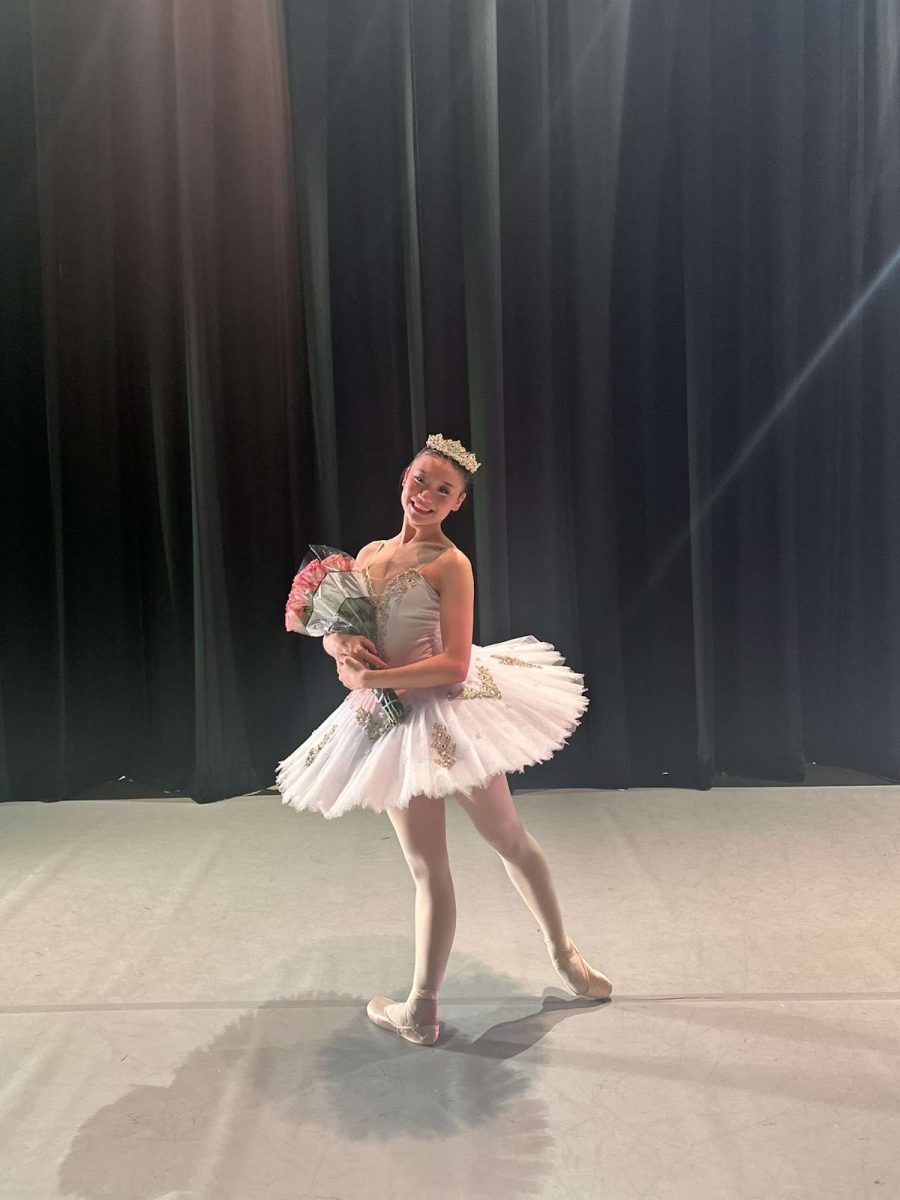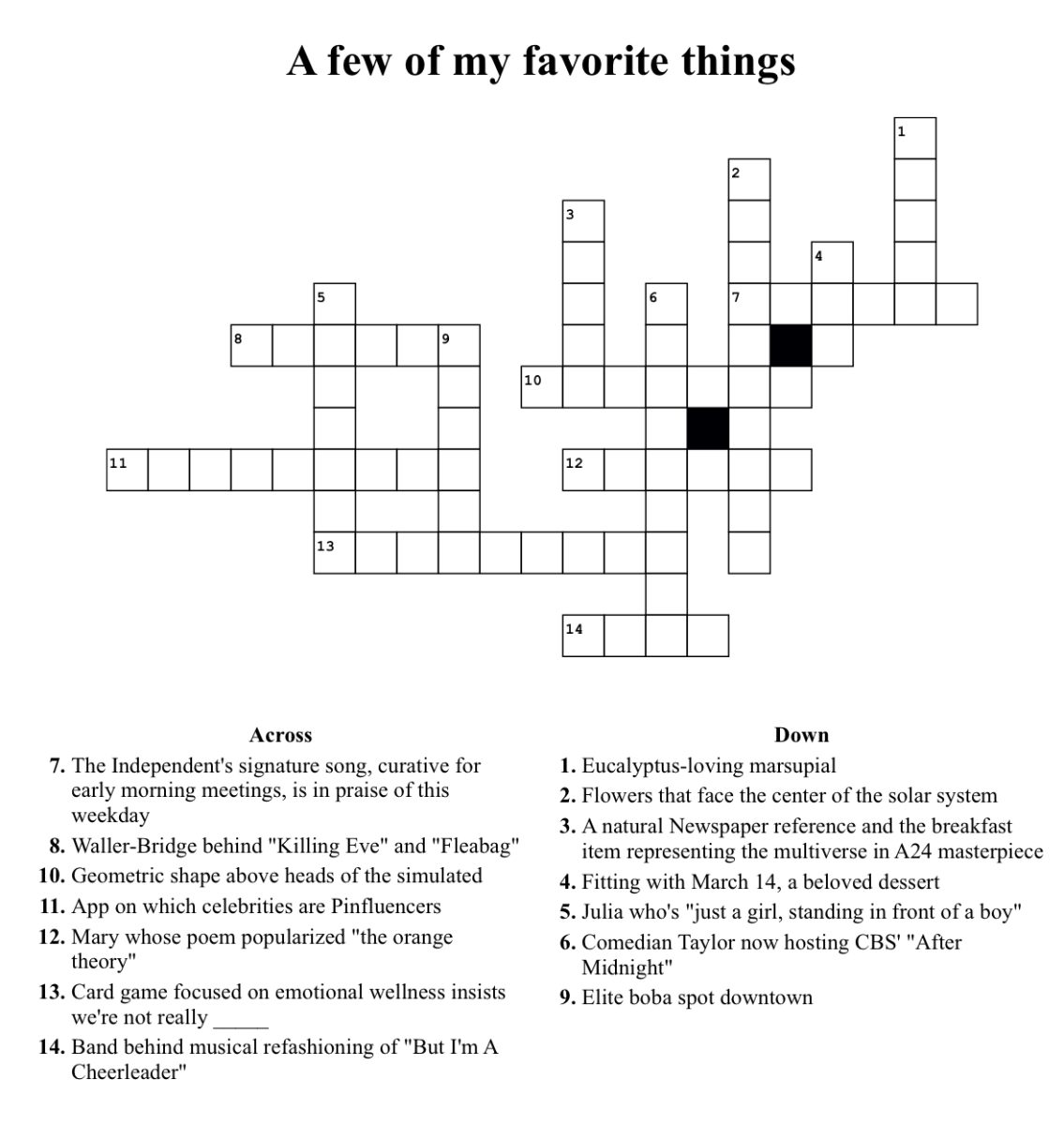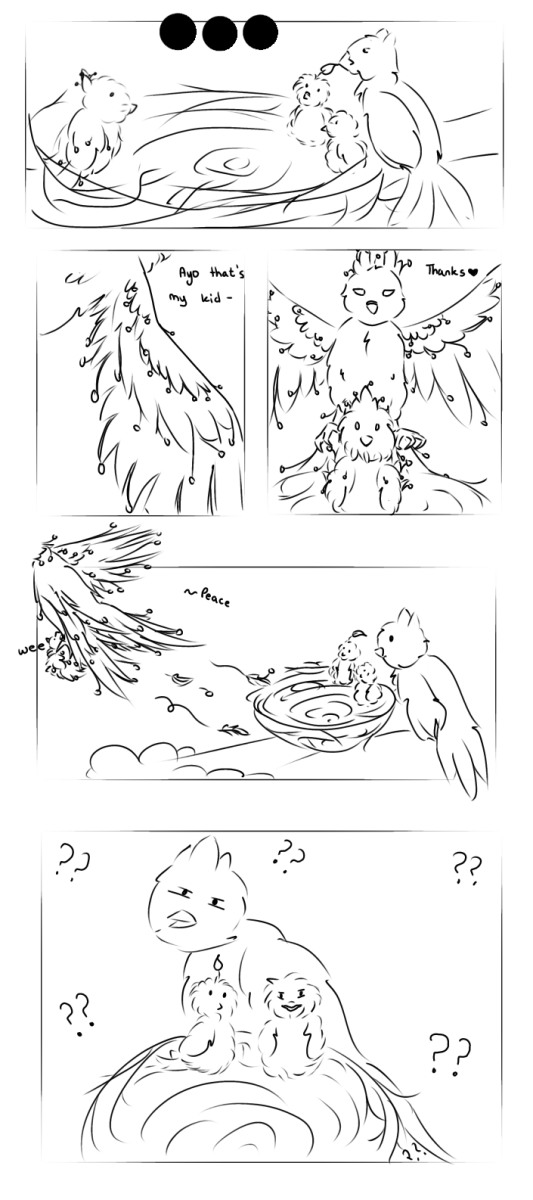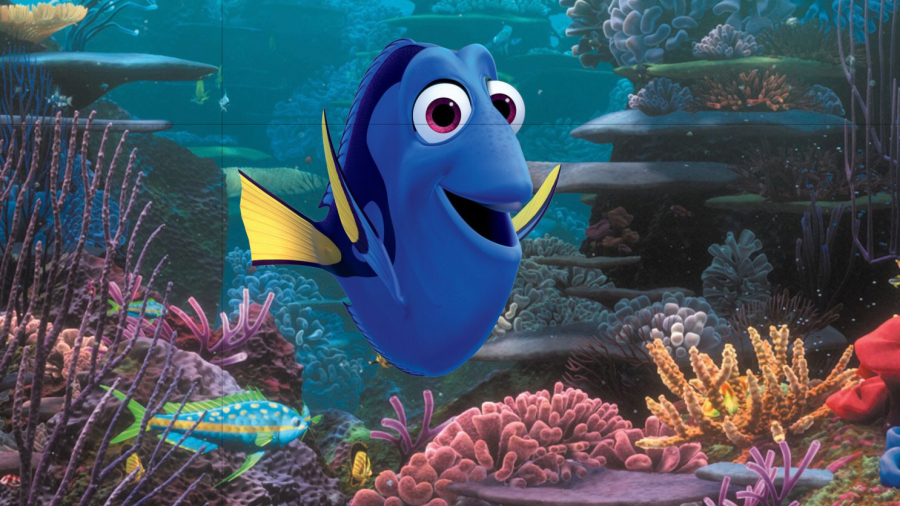South Students ‘just keep swimming’ through AP Psychology
February 8, 2023
‘Finding Nemo’ and ‘Finding Dory’ are two of the most popular and nostalgic movies in the Pixar universe.
Packed with charming, lovable characters and plots that left viewers with damp eyes and full hearts, these movies are well loved classics for children. But unbeknownst to the general public, a classic for AP Psychology students as well.
For AP Psychology students at Glenbard South High School, ‘Finding Dory’ is one of the movies they are set to psychoanalyze in the curriculum.
Equipped with the knowledge of Dory’s intriguing anterograde amnesia and a plethora of psychology vocabulary words, this children’s movie is a field day for students eager to learn about the hidden, and not-so-hidden, neuroscience involved in animated kid’s films.
The most obvious psychological aspect of Dory’s character is short-term memory loss, expressed by her habit of regularly exclaiming “Sorry, I suffer from short-term memory loss,”, formally known as anterograde amnesia. Anterograde amnesia is a condition in which an individual is unable to create new memories after a significant event.
Due to anterograde amnesia not allowing individuals to create new memories, they may forget things such as the names of a person they just met, recent changes in life, or what they were last doing.
This type of amnesia does allow intact long-term memories before the amnesia-inducing incident though.
For example, Dory can recall aspects of her early life such as her parent’s names and where she used to live as a child, but cannot retain new information, such as where she is going or what she ate for breakfast that day.
Many of Dory’s mishaps from her stunted memory and the ways she combats her forgetfulness are evidence of different psychological terms that stood out to South’s AP Psychology classes: context-dependent memory, mood-congruent memory, mnemonics, and serial position effect to name a few.
Lauren Field, a senior at Glenbard South who took AP Psychology last year, emphasized her gratitude for studying Disney movies in AP Psychology.
“It was eye-opening to connect what I learned in AP Psych to a movie that I loved so much as a child. It made it easier to learn the material deeply, and I didn’t realize how many terms I already recognized from movies I’ve seen.”
Field explained some of the terms that were covered in the movie.
Mood-congruent memory is the recall of information that can be regained while in a mood similar to when the memory was acquired. For instance, when Dory feels a significant emotion, such as fear, it reminds her of a time prior when she felt that same emotion. This occurred in both ‘Finding Nemo’ and ‘Finding Dory’ when Dory was lost and could not find Marlin and Nemo. Dory was scared and panicking, most likely recalling the time she couldn’t find her parents.
Context-dependent memory is remembering information better when attempting to recall it in the context in which it was learned. Dory found that her memory became more and more clear when she replicated the same actions as when she was little. Such as, when Dory found a line of seashells that reminded her of her childhood home, she began to recall her childhood. Field expressed that Dory began to look at them like she would when she was little, and memories flooded back to her.
There are many other instances where Disney or Pixar movies subconsciously teach children (and students) about different elements of psychology.
For instance, Disney’s Inside Out does a beautiful job of depicting what long-term memory is like in the brain, and an accurate portrayal of depression with its main character, Sadness.
The Little Mermaid explores psychologist Erik Erikson’s theory of psychosocial development, specifically the adolescent Identity versus Role Confusion and Intimacy versus Isolation stages – and dives into elements of body dysmorphia.
Beauty and the Beast is a classic example of Stockholm syndrome and narcissism, as shown by Belle and the Beast and Gaston respectively, explained senior Zainab Talha, who’s currently enrolled in AP Psychology.
Glenbard South’s AP Psychology teacher, Mrs. Purdy believes that studying at recent Disney/Pixar movies (in particular) enhances student’s knowledge of psychology.
Purdy said that a foundation of the psychology material is usually required for the movie viewer to make the connection between the film and psychology, and not all Pixar movies are easy to connect.
She said, “For example, the Incredibles has a good message, but is not easy to connect to specific content. Whereas Shrek is an excellent source after studying the concepts of social psychology.”
Purdy continued, “Up, one of my all time favorites, requires a foundation in developmental psychology and in particular Erikson’s stages of development.”
“All in all, I would say that Disney/Pixar movies can be a useful tool to help illustrate concepts of psychology as well as provide a driving message for the overall movie.”
She continued, “For example in UP the message is that we need to recognize that life is full of lessons, and that one’s perspective is important. Mr. Fredrickson didn’t recognize that his life with Ellie was a big adventure until he sat down and looked at her memory book, toward the end of the movie it was at that moment he realized that, and Russell was his new adventure.”
Where a child may watch Finding Dory or Inside Out and revel in the euphoric memories of childhood innocence and friendship, an AP Psychology student or psychologist may see it as a case study in psychological disorders.































